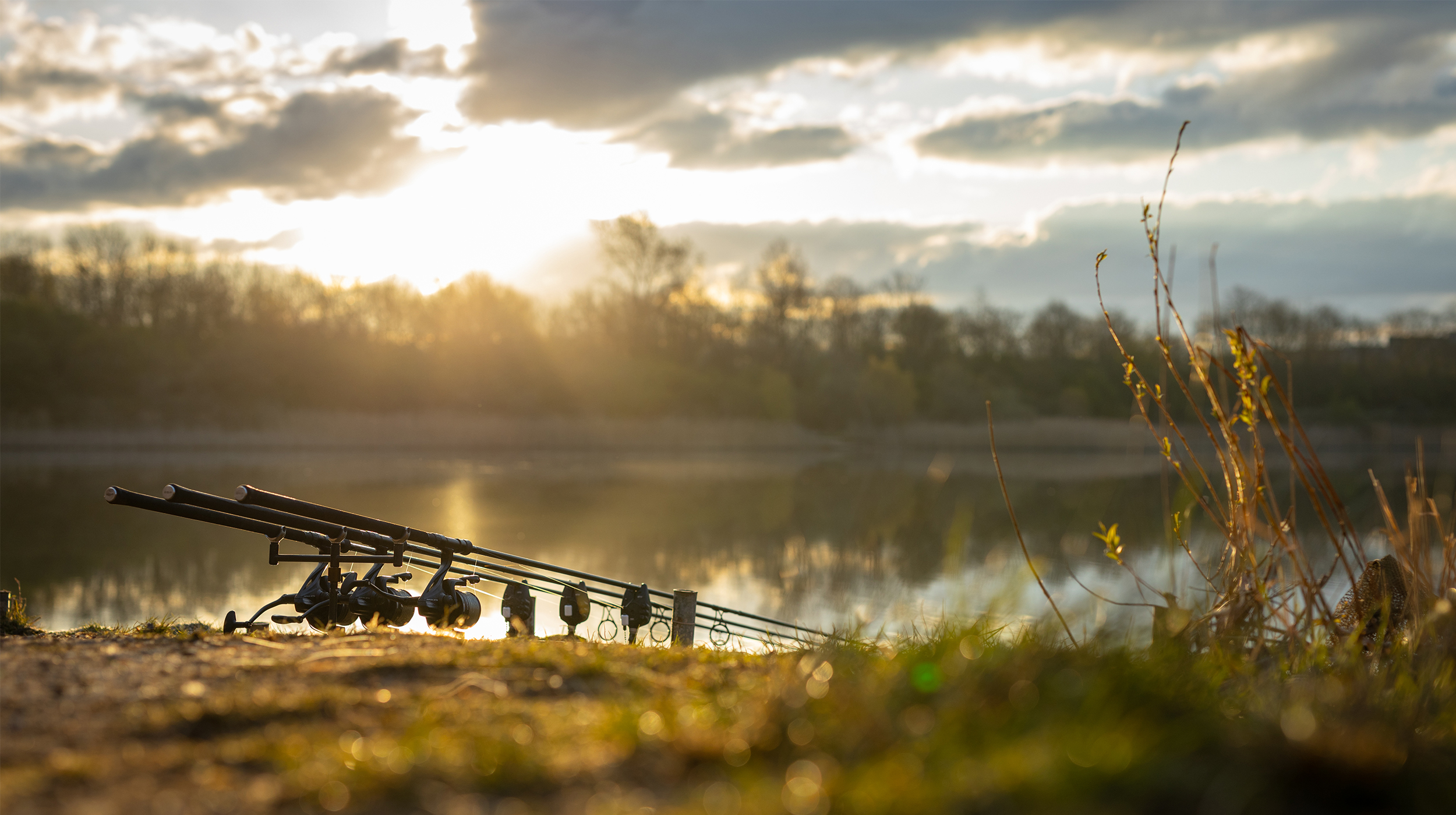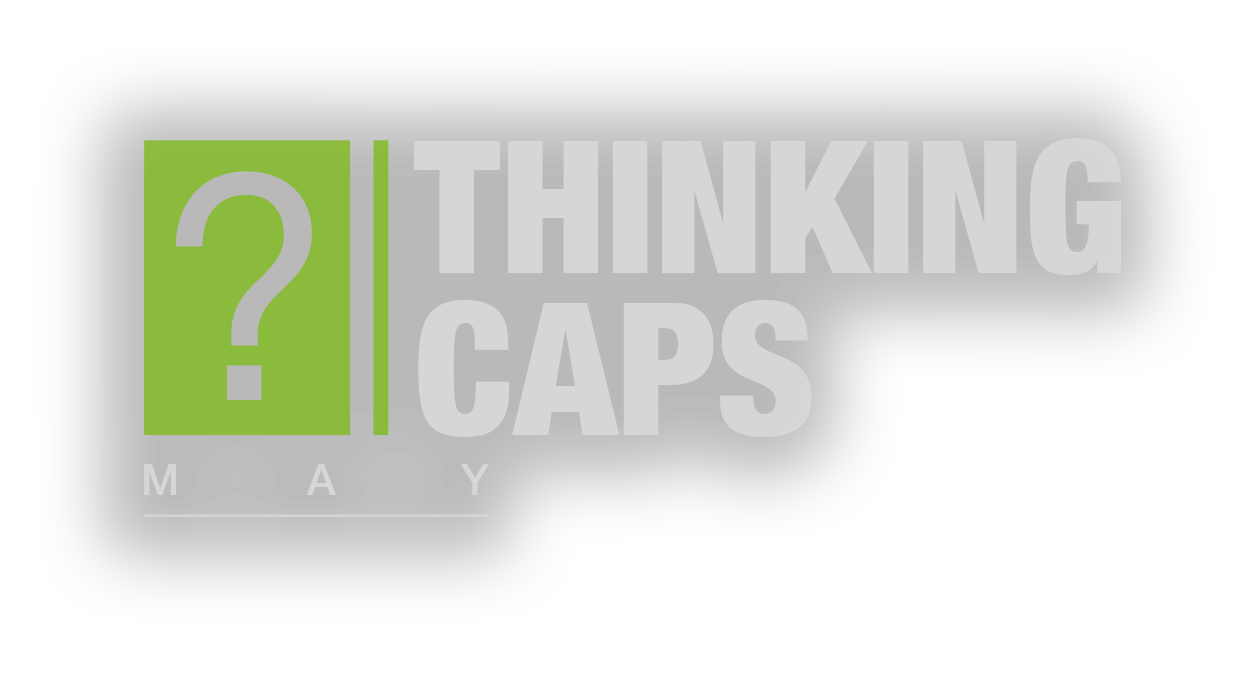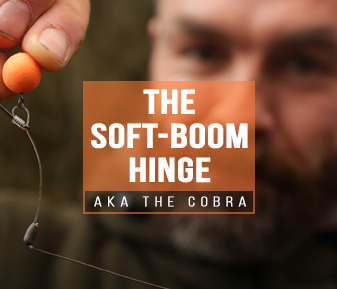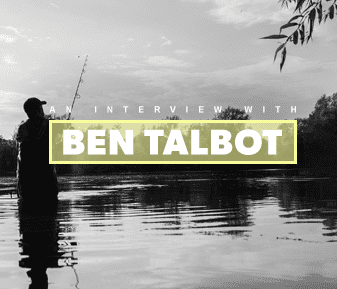Gaz Fareham explains why the Soft Boom Hinge aka 'The Cobra' is his go to rig - sharing his vast knowledge on the most effective set up to catch bites.
We ask Steve Metcalfe - With the explosion of social media and good quality camera gear now available on a fairly small budget, it’s hardly surprising that more and more anglers are starting to take their photography more seriously. Whether it’s documenting the journey or taking better trophy shots — what would be your advice to all those looking to take their photography to the next level?
Well, where to start? I think my main advice would be the same as it’s always been and always will be, to anyone asking me this question and that’s to make sure you enjoy it.
My love for photography was born through being out on the bank and seeing so many incredible sights. I just wanted to document them, so I could look back and remember the moment in years to come, and in more recent years to also share with many other like-minded people via the likes of Instagram.
One thing I have always done and always will do, which I’m sure will be mirrored by the other people answering this question, is practice! I always have my camera gear with me and I’m always looking to tell the story of what I’m doing within my life at the time, whether that’s angling, wildlife, product photography or anything really.
I think once you have learnt the basics of how to use a camera, it is simply down to the more you shoot, the more you will progress. Along the way you will find your own style and tell the story through your eyes, that’s the great thing about photography.
With my job over the years, one thing I constantly see is bad composition, which for me is so important in every aspect of photography, it really does make or break a shot. You need to take a moment to think about how the end result will look and tell the story. Capture shots are a prime example here, with many people taking tightly framed shots, with a bivvy in the background and part of the tail cropped of the fish, just for one example. It pays to take a moment before hand to think where would make a great memory and capture the moment perfectly.
Picture a typical scene, it’s a beautiful spring day, the lake’s in bloom and you’ve just caught the fish of a lifetime, you want ‘that shot’, the one that takes you back to that morning every time you look at it. So, what are you looking for? Firstly, you want to find a nice area, with plenty of depth to create some lovely smooth bokeh and most importantly good light. I often look for something to naturally frame the capture or something that would add colour, i.e., bluebells or daffodils in the spring. This just adds something extra to the capture shot, telling the viewer more about that moment in time.
Well, where to start? I think my main advice would be the same as it’s always been and always will be, to anyone asking me this question and that’s to make sure you enjoy it.
My love for photography was born through being out on the bank and seeing so many incredible sights. I just wanted to document them, so I could look back and remember the moment in years to come, and in more recent years to also share with many other like-minded people via the likes of Instagram.
One thing I have always done and always will do, which I’m sure will be mirrored by the other people answering this question, is practice! I always have my camera gear with me and I’m always looking to tell the story of what I’m doing within my life at the time, whether that’s angling, wildlife, product photography or anything really.
I think once you have learnt the basics of how to use a camera, it is simply down to the more you shoot, the more you will progress. Along the way you will find your own style and tell the story through your eyes, that’s the great thing about photography.
With my job over the years, one thing I constantly see is bad composition, which for me is so important in every aspect of photography, it really does make or break a shot. You need to take a moment to think about how the end result will look and tell the story. Capture shots are a prime example here, with many people taking tightly framed shots, with a bivvy in the background and part of the tail cropped of the fish, just for one example. It pays to take a moment before hand to think where would make a great memory and capture the moment perfectly.
Picture a typical scene, it’s a beautiful spring day, the lake’s in bloom and you’ve just caught the fish of a lifetime, you want ‘that shot’, the one that takes you back to that morning every time you look at it. So, what are you looking for? Firstly, you want to find a nice area, with plenty of depth to create some lovely smooth bokeh and most importantly good light. I often look for something to naturally frame the capture or something that would add colour, i.e., bluebells or daffodils in the spring. This just adds something extra to the capture shot, telling the viewer more about that moment in time.
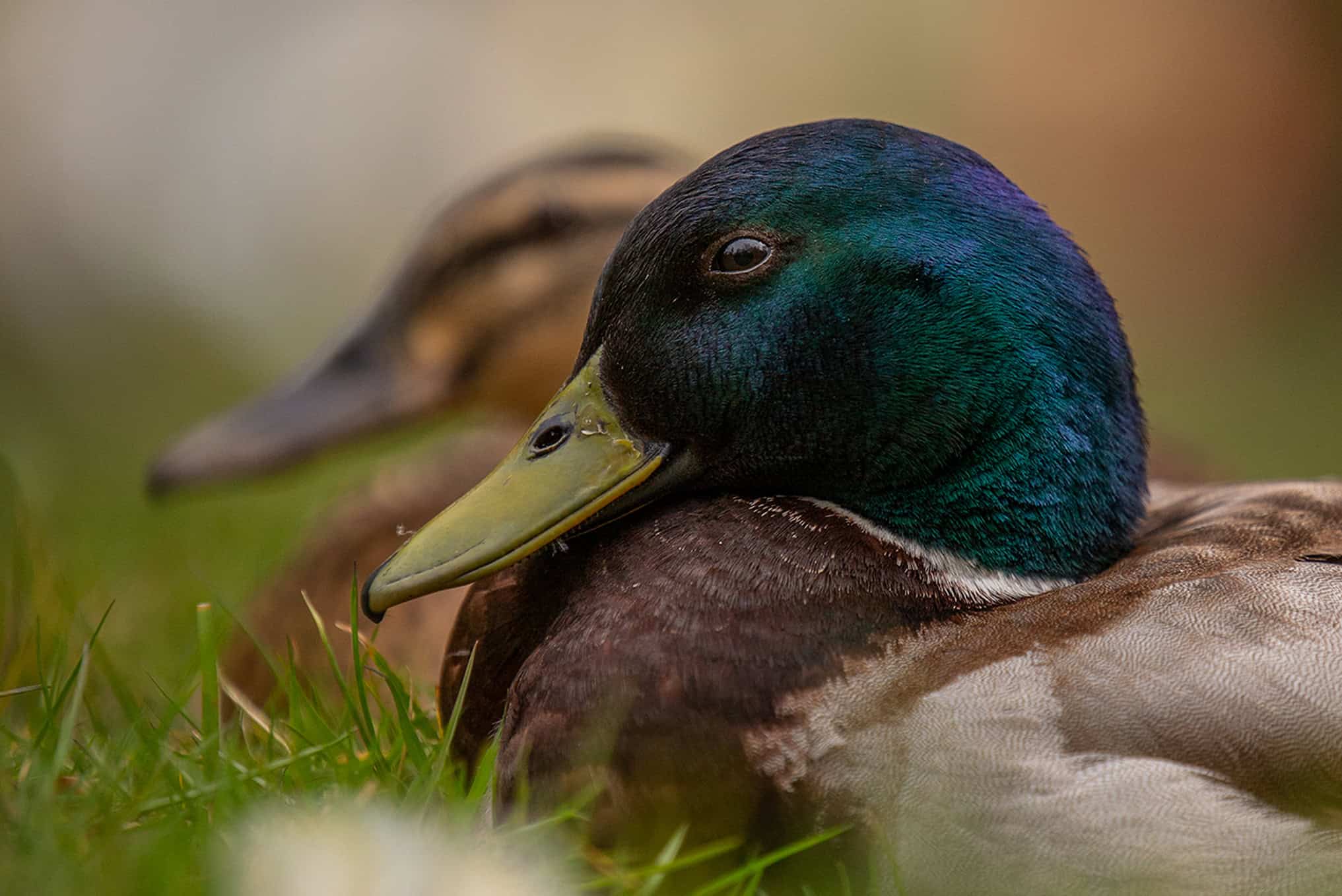
"You need to take a moment to think about how the end result will look and tell the story."
"You need to take a moment to think about how the end result will look and tell the story."
Water shots where possible, are a favourite of mine too. These really bring all the key elements of why we go fishing together. Quite often, I’ll shoot these like the bank shots, slightly wider allowing for more of the location and atmosphere to be captured in the shot.
Shooting in portrait rather than landscape is also a great way to add more feeling to your capture shoots, especially with water shots, again I like to shoot these with more space, often bringing more of the watery foreground into the shot to really give a sense of just you, the carp and it's home.
In a nutshell, take your time to plan your shots and get that composition right in all your photography and as I touched on at the start, the more you do it, the better you’ll get.
Water shots where possible, are a favourite of mine too. These really bring all the key elements of why we go fishing together. Quite often, I’ll shoot these like the bank shots, slightly wider allowing for more of the location and atmosphere to be captured in the shot.
Shooting in portrait rather than landscape is also a great way to add more feeling to your capture shoots, especially with water shots, again I like to shoot these with more space, often bringing more of the watery foreground into the shot to really give a sense of just you, the carp and it's home.
In a nutshell, take your time to plan your shots and get that composition right in all your photography and as I touched on at the start, the more you do it, the better you’ll get.


